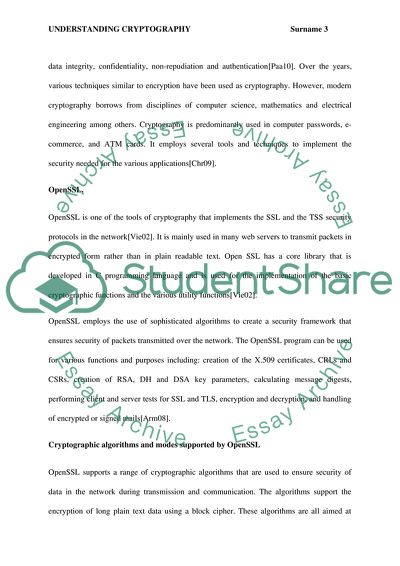Cite this document
(“Understanding Cryptography Essay Example | Topics and Well Written Essays - 1000 words”, n.d.)
Understanding Cryptography Essay Example | Topics and Well Written Essays - 1000 words. Retrieved from https://studentshare.org/information-technology/1668586-understanding-cryptography
Understanding Cryptography Essay Example | Topics and Well Written Essays - 1000 words. Retrieved from https://studentshare.org/information-technology/1668586-understanding-cryptography
(Understanding Cryptography Essay Example | Topics and Well Written Essays - 1000 Words)
Understanding Cryptography Essay Example | Topics and Well Written Essays - 1000 Words. https://studentshare.org/information-technology/1668586-understanding-cryptography.
Understanding Cryptography Essay Example | Topics and Well Written Essays - 1000 Words. https://studentshare.org/information-technology/1668586-understanding-cryptography.
“Understanding Cryptography Essay Example | Topics and Well Written Essays - 1000 Words”, n.d. https://studentshare.org/information-technology/1668586-understanding-cryptography.


